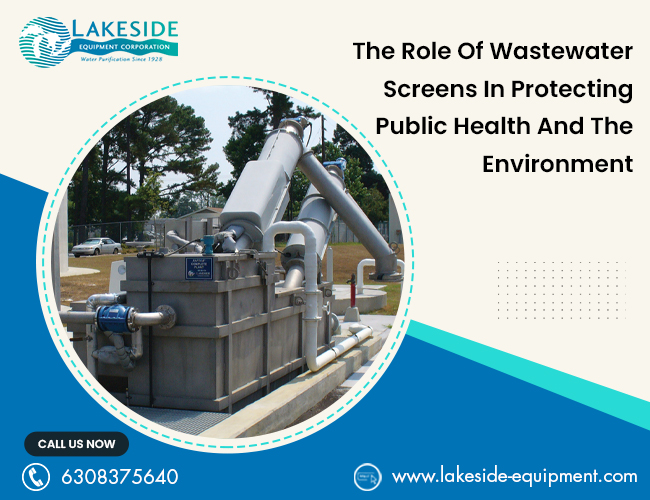Wastewater Biological Treatment – 2 Types Of Water Clarifiers That Make It A Success
A wastewater biological treatment plant uses several complicated components such as a wastewater screw pump, screens, and wastewater clarifiers. The entire process of biological water treatment seems to be very easy but it requires a complex array of connections and intersections to be successful. Any such treatment is going to rely heavily on the successful breakdown and removal of bacteria and other small organisms, nematodes, and organic wastes.
The most important objective of biological wastewater treatment is to achieve efficient and effective decomposition of waste so that this material can be collected at the end for proper and ethical disposal. Biological treatment is one of the easiest to perform and ecologically as well as economically friendly processes as compared to any other chemical or mechanical water treatment process.
It makes use of several wastewater screens, screw pumps, and water clarifiers at various stages. These components help remove the organic matter and garbage, waste and partially digested organic materials, and inorganic substances from the water.
Types Of Clarifiers Installed In Wastewater Biological Treatment Plants
The clarifier designs available in the market are going to vary by size, structure, purpose, and longevity. There will be various features and varieties that will apply to a particular facility or even a wide number of wastewater treatment plants. This will be determined based on the kinds of processes it follows on a routine basis. The choice of this clarifier is going to vary depending upon the application as well. One can choose from a variety of water clarifiers such as primary, secondary, rectangular, circular, lamella, and solids contact clarifiers. But the most popular types of water clarifiers that are available in the market today are:
Primary Wastewater Clarifiers
Primary wastewater clarifiers are very useful in separating settleable solids from the water that is let in from several incoming wastewater sources. These are usually located downstream of the plant and their major function is to remove all the soft and semi-solid materials that can settle as well as float on the surface of the liquid. The floatable compounds consist of a lot of materials such as oil, grease, scum, inorganic and organic waste materials, and several other compounds that accumulate on the surface of the tanks. Primary water clarifiers are mainly used during the sedimentation process.
Secondary Wastewater Clarifiers
Secondary wastewater clarifiers are located close to the biological treatment facility, typically near the aeration basins or filters. They are used for removing treated wastewater from the primary treatment stage. The major function that they have to perform is that of clarification and thickening. Secondary wastewater clarifiers are typically found downstream of the biological treatment facility. The most common places where they are installed include activated sludge variation basins or the trickling filter. These can be used to separate all the biomass that gets generated after the secondary treatment process is completed.
All in all, a wastewater biological treatment has several small stages of water treatment and requires various components to work in alignment with one another. If any of these parts fail to function as they should, the whole process will get compromised.




Comments
Post a Comment